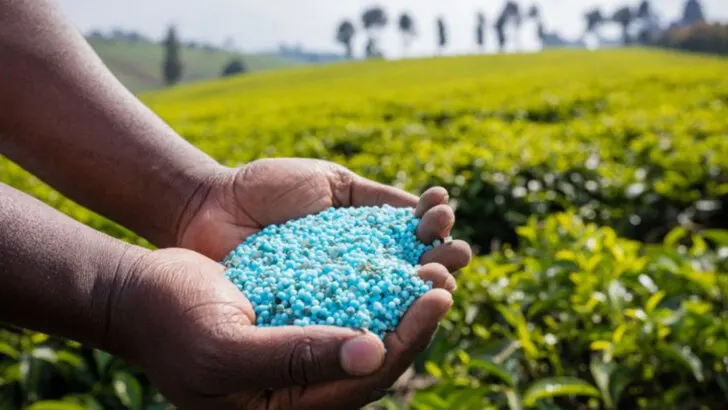You can water religiously, choose the prettiest plants at the nursery, and follow every planting trend online—but if your soil isn’t right, your garden will always struggle. Healthy, living soil is the foundation of everything, and yet, it’s one of the most overlooked and misunderstood elements in home gardening.
In this article, we’ll walk you through 15 common soil mistakes—like compacting the ground, using the wrong amendments, ignoring pH levels, and even watering incorrectly. But don’t worry: for every issue, you’ll get simple, fast fixes that actually work (and don’t require a degree in soil science). The goal? Help your plants thrive from the ground up.
At Plantisima, we’re here for gardeners who love plants, not guesswork. Whether you’re growing roses, tomatoes, or houseplants in outdoor pots, these tips will help you turn your soil into the rich, balanced base your garden has been waiting for.
Overwatering Your Soil
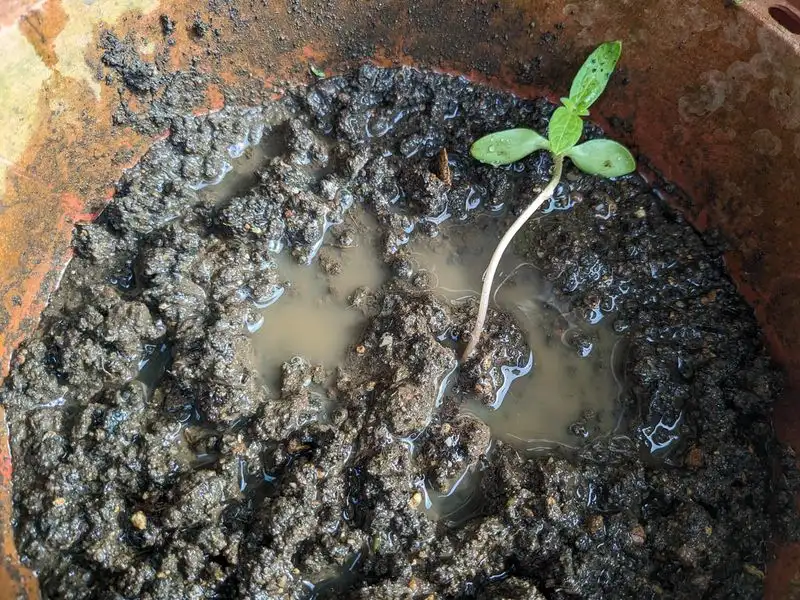
Many gardeners mistakenly believe that more water always leads to healthier plants. However, excessively wet soil can suffocate roots and promote fungal growth. Consider using a moisture meter to gauge the water levels accurately. If your soil is consistently soggy, improve drainage by incorporating organic matter like compost or sand. It’s essential to allow the topsoil to dry before the next watering session. Establishing a regular watering schedule can also help in maintaining proper soil moisture. This approach prevents the accumulation of excess water and ensures roots receive adequate oxygen.
Ignoring Soil pH Levels
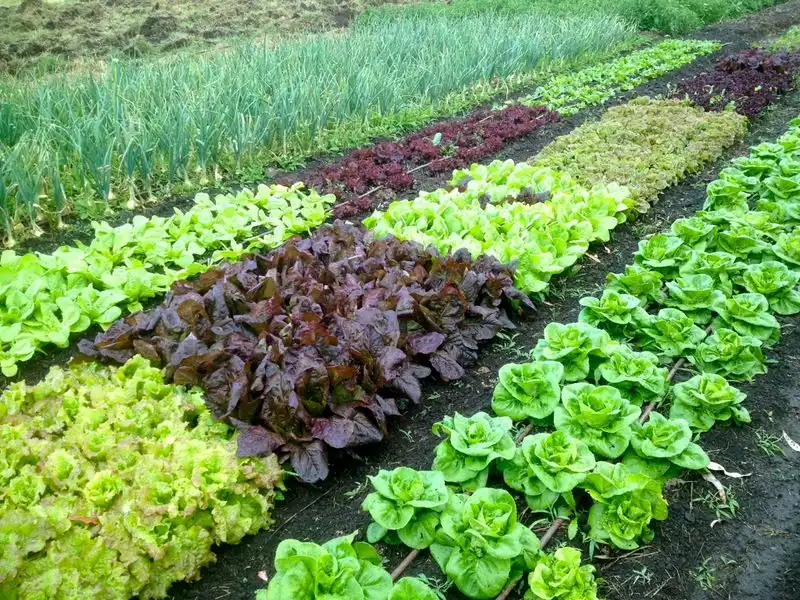
Failing to monitor your soil’s pH can lead to nutrient deficiencies in your plants. Different plants thrive at different pH levels; thus, testing your soil is crucial. Use a pH meter to determine whether your soil is too acidic or alkaline. Adjust the pH by adding lime for acidity or sulfur for alkalinity. Regular testing ensures that the soil remains within the optimal pH range for your garden’s plant varieties. This not only enhances nutrient uptake but also boosts plant health.
Neglecting Organic Matter
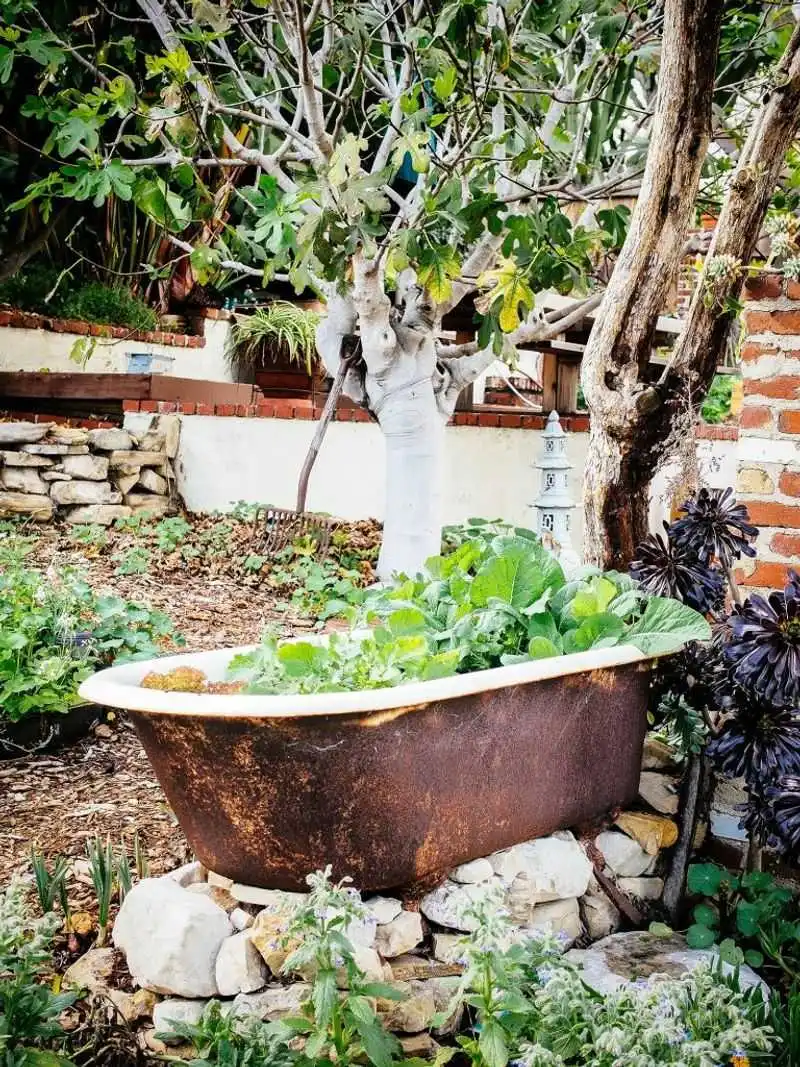
Soil devoid of organic matter often lacks essential nutrients. Organic matter, such as compost, enriches the soil and improves its structure. Regularly adding organic material can enhance water retention and provide a habitat for beneficial organisms. Begin by incorporating well-decomposed compost into your garden beds. Over time, this practice will lead to healthier, more productive plants. The presence of organic matter also contributes to a balanced ecosystem, fostering plant resilience against pests and diseases.
Using Chemical Fertilizers Excessively
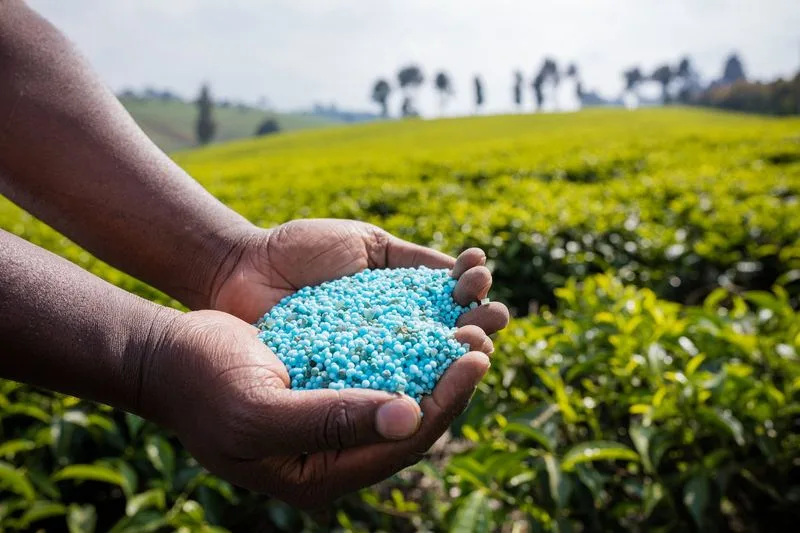
Relying heavily on chemical fertilizers can degrade soil structure and harm beneficial microorganisms. While they provide immediate nutrients, overuse can lead to long-term soil health issues. Opt for organic alternatives like compost or fish emulsion that enrich the soil naturally. By reducing dependency on chemical fertilizers, you enhance soil fertility and encourage healthy microbial activity. This shift not only benefits plant health but also promotes sustainable gardening practices.
Planting the Same Crops Repeatedly
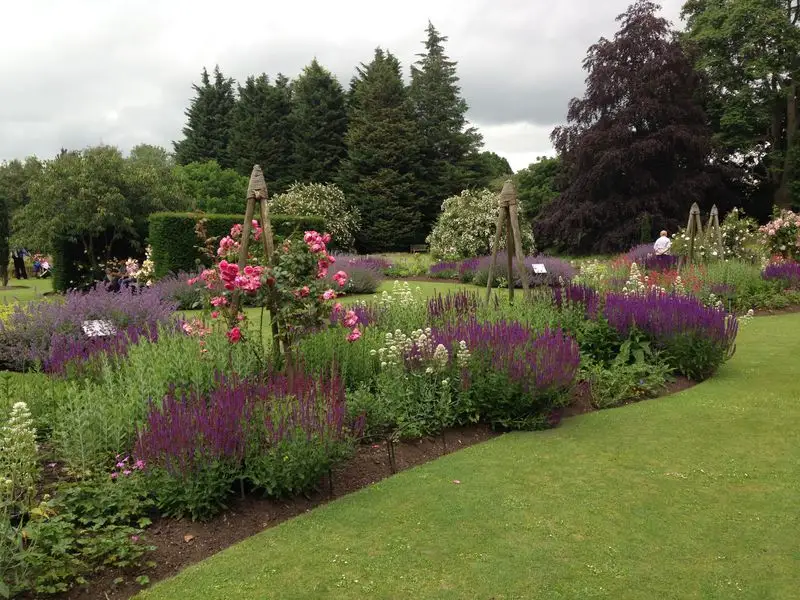
Continuous cultivation of identical crops in the same soil depletes specific nutrients and increases pest susceptibility. Crop rotation is key to breaking this cycle. By alternating plant families, you can restore soil nutrients and reduce pest and disease occurrence. Incorporate legumes like beans to fix nitrogen in the soil, enhancing fertility. This method not only rejuvenates the soil but also improves crop yield over time. It’s a simple yet effective strategy for maintaining soil health.
Ignoring Soil Compaction
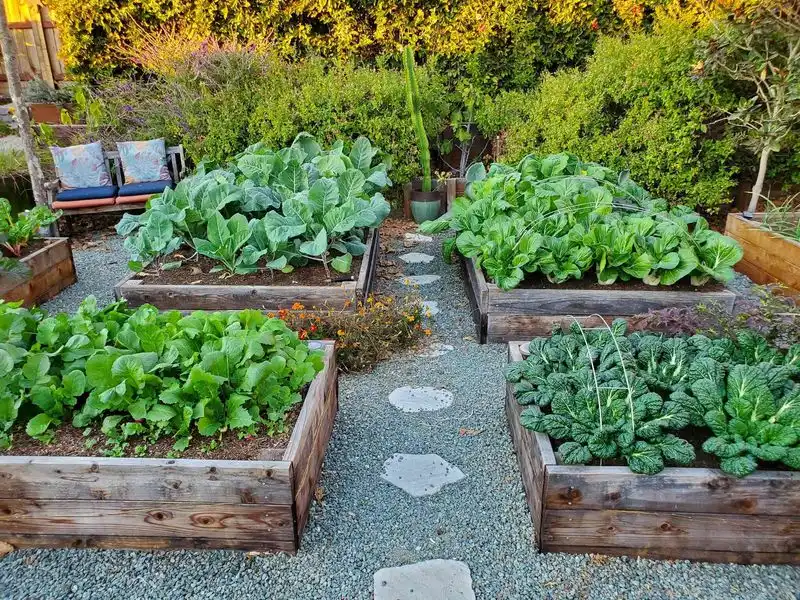
Compacted soil restricts root growth and hinders water infiltration. Avoid walking on garden beds and use mulch to reduce compaction. Aerate the soil with a garden fork or mechanical aerator to promote better air and water movement. Incorporating organic matter also helps in loosening compacted soil over time. This practice facilitates root expansion and enhances overall soil health, ensuring robust plant growth. Addressing compaction is crucial for a thriving garden.
Skipping Soil Testing
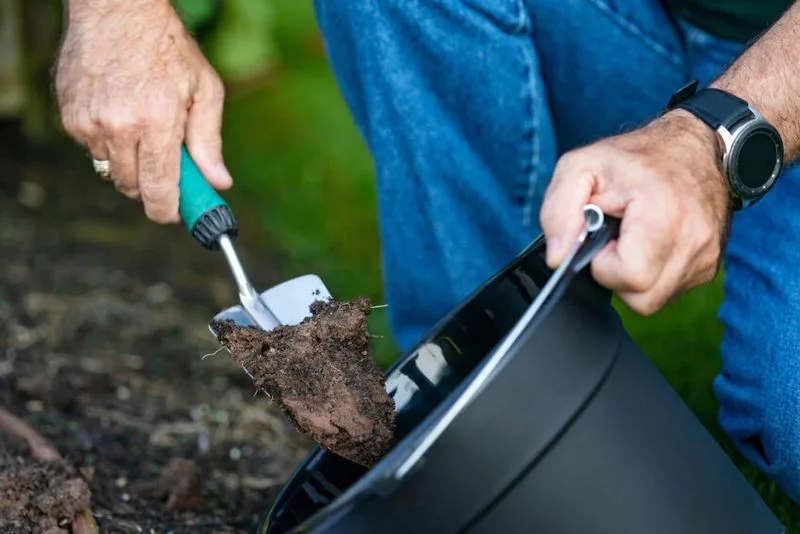
Soil testing often falls by the wayside, yet it provides invaluable information about nutrient levels and soil structure. A comprehensive soil test will guide your fertilization and amendment strategies. Regular testing, at least once every two years, ensures you understand your soil’s needs. It allows for precise adjustments, enhancing plant growth and yield. Armed with this knowledge, you can tailor your gardening practices to suit your soil’s unique characteristics.
Neglecting Mulch
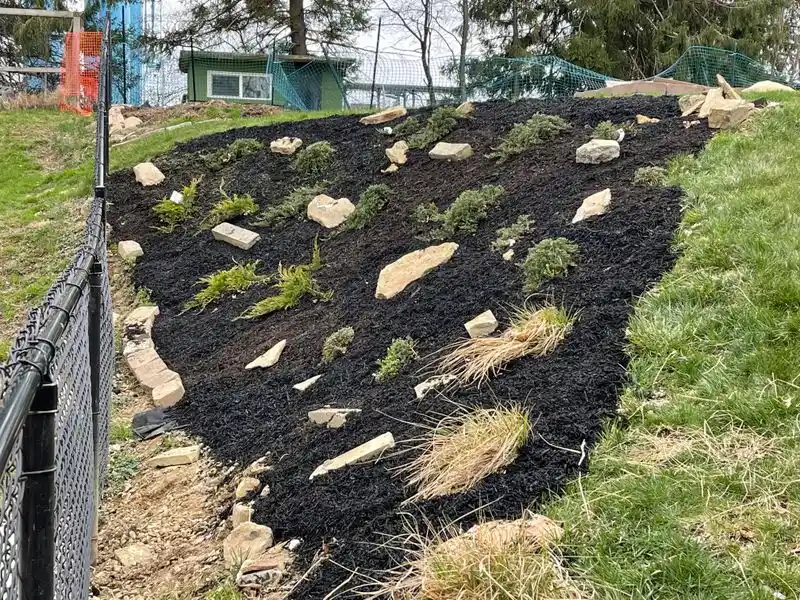
Mulch serves as a protective layer, regulating soil temperature and retaining moisture. Without it, your soil is exposed to temperature extremes and water loss. Organic mulches like straw or wood chips also break down, adding nutrients back into the soil. Regular application helps suppress weeds and maintain soil structure. By mulching appropriately, you create a conducive environment for your plants to flourish. It’s a simple, effective way to enhance soil health and garden productivity.
Focusing Solely on Soil Surface
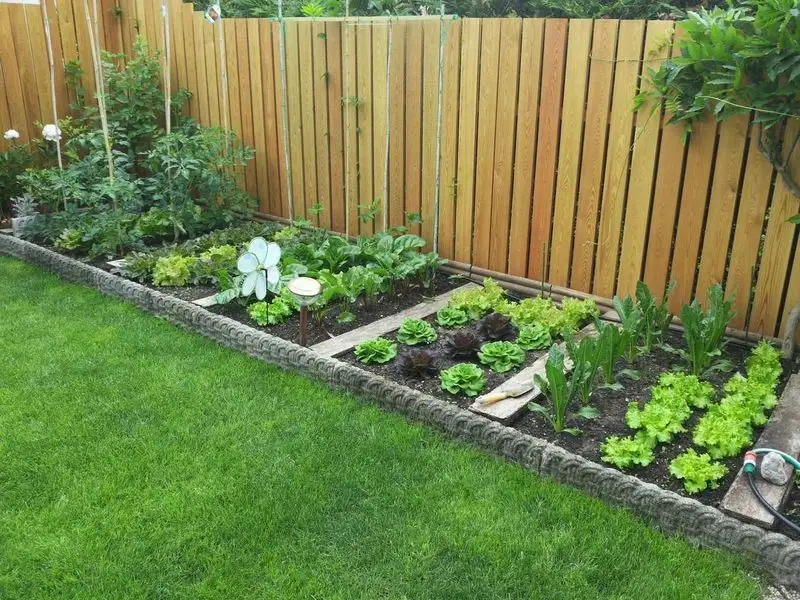
Attention often gravitates to the soil’s surface, neglecting deeper layers where roots thrive. Deep tilling or double digging can break up compacted subsoil, allowing roots to extend and access nutrients. Regularly check the subsoil’s condition to ensure it’s not impeding plant growth. By addressing issues below the surface, you promote a healthier root zone. This practice leads to vigorous plants and a more productive garden, emphasizing the importance of comprehensive soil care.
Not Using Cover Crops
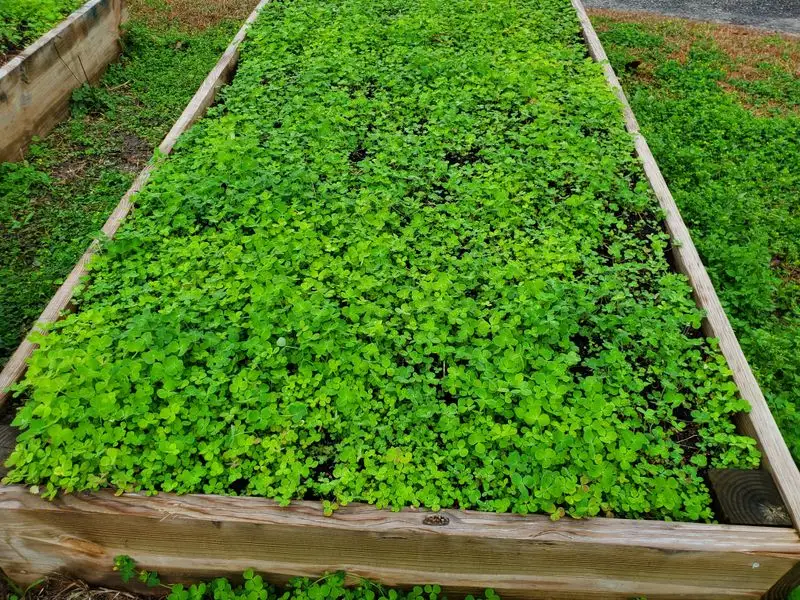
Bare soil is vulnerable to erosion and nutrient loss. Cover crops act as a living mulch, protecting and enriching the soil during off-seasons. They prevent erosion, suppress weeds, and improve soil structure. Leguminous cover crops like clover also fix nitrogen, adding fertility. Choosing the right cover crop for your climate and needs can significantly boost soil health. When turned under, they decompose, enriching the soil for future plantings. This strategy sustains soil vitality year-round.
Over-tilling the Soil
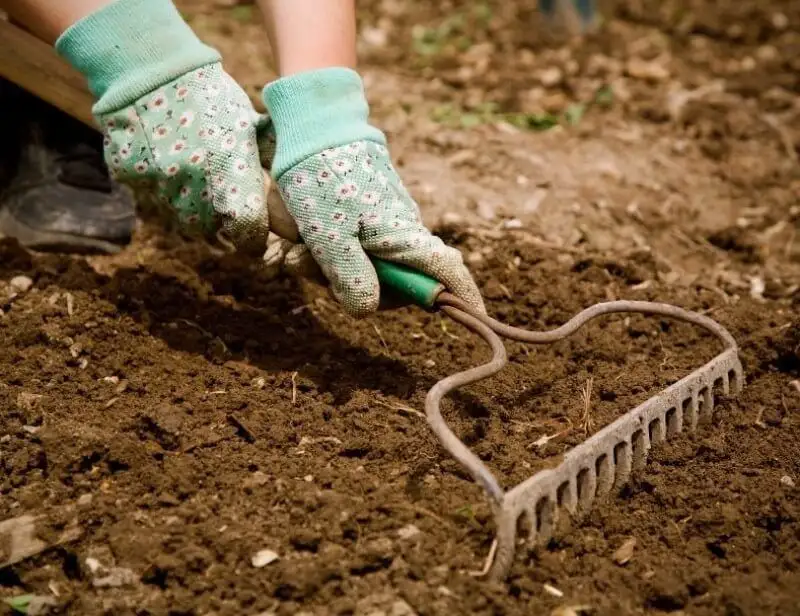
Excessive tilling can disrupt soil structure and lead to erosion. It destroys soil aggregates, reducing fertility and increasing compaction. Adopt a no-till or low-till approach to preserve soil integrity. This technique minimizes disturbance, allowing beneficial organisms to thrive. Mulching and using cover crops can complement this method, enhancing soil health. Over time, reducing tillage fosters a more resilient ecosystem, ensuring a productive garden. It’s a shift towards sustainable gardening practices.
Using Contaminated Compost
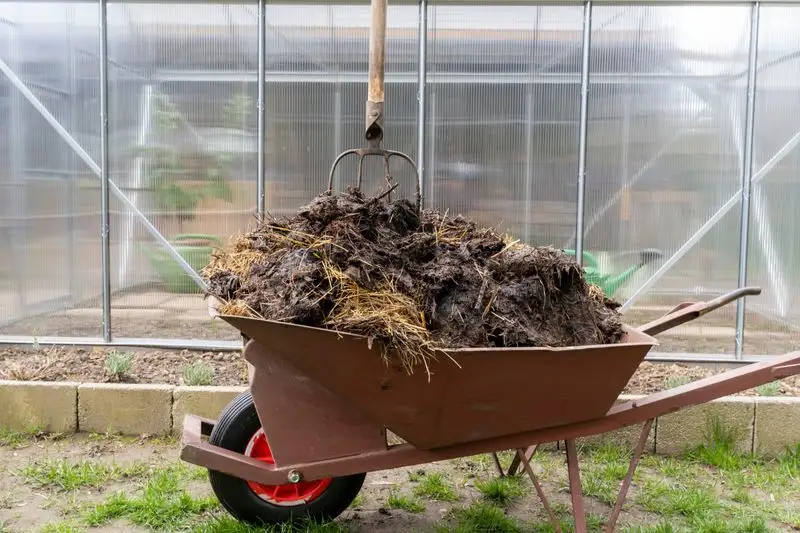
Compost is a garden’s best friend, but if contaminated, it can introduce harmful substances into your soil. Ensure that your compost pile is free from non-organic materials like plastics and chemicals. Regularly monitor and maintain the right balance of green and brown materials to foster proper decomposition. By creating clean, nutrient-rich compost, you enhance your soil’s fertility and support plant health. This vigilance prevents the introduction of unwanted toxins, promoting a safer garden environment.
Neglecting Soil Microorganisms
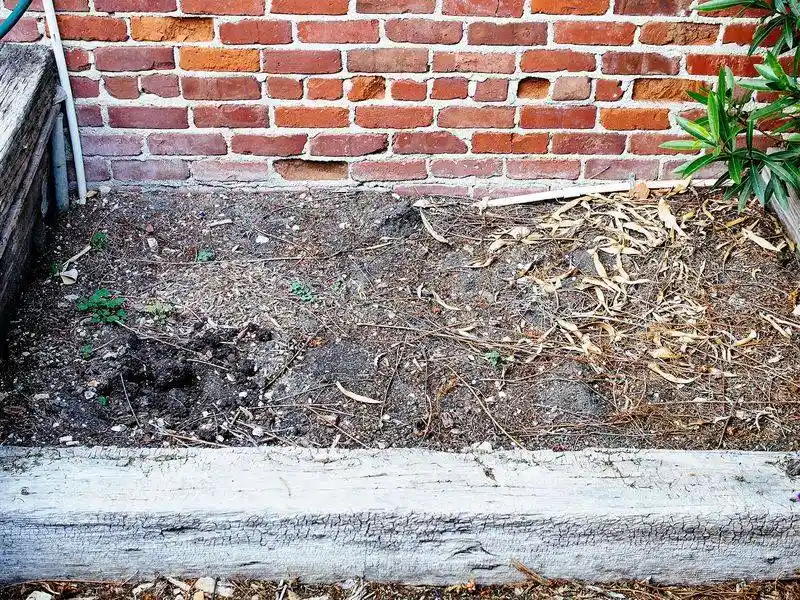
Soil microorganisms are vital for nutrient cycling and plant health. Overusing chemicals can disrupt their delicate balance, affecting soil fertility. Foster a thriving microbial community by adding organic matter and reducing chemical inputs. Practices like composting and mulching support microbe diversity and activity. Encouraging these tiny organisms enhances nutrient availability and plant resilience. The result is a healthier, more productive garden, underscoring the importance of these unseen allies in soil management.
Failing to Adjust for Climate
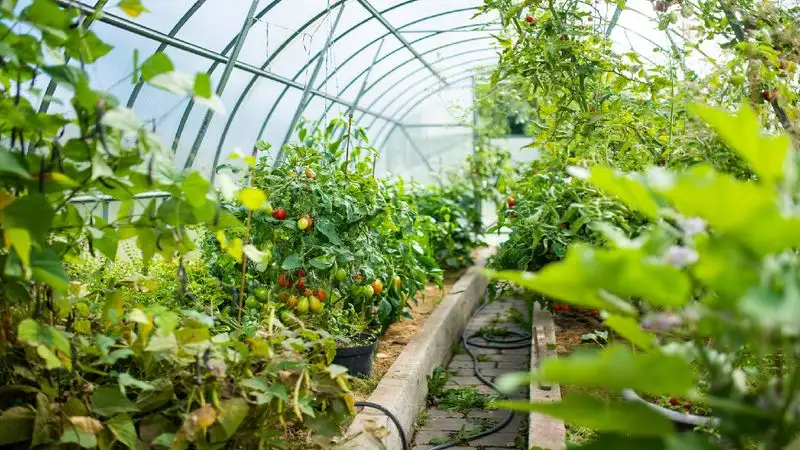
Each climate presents unique challenges for soil management. Ignoring these can lead to plant stress and poor growth. In arid regions, focus on water conservation strategies like mulching and drip irrigation. In wetter climates, ensure proper drainage to prevent root rot. Tailor your soil management practices to the local climate to optimize plant health and yield. Understanding these nuances allows you to create a more adaptable and resilient garden environment.
Disregarding Soil Biodiversity
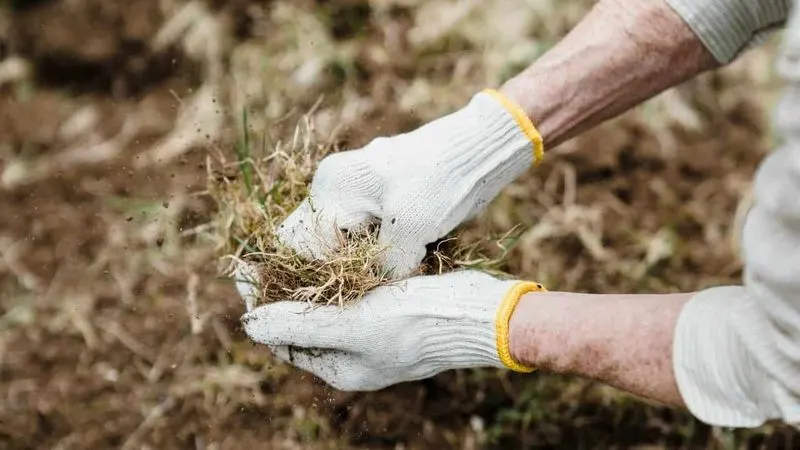
A diverse soil ecosystem supports robust plant growth and resilience. Monoculture planting hampers biodiversity, making plants vulnerable to pests and diseases. Encourage diversity by introducing a variety of plant species and organic matter. This creates a balanced ecosystem where beneficial insects and microorganisms thrive. The interplay between these organisms enhances nutrient cycling and soil structure. By fostering biodiversity, you cultivate a healthier garden, equipped to withstand environmental stresses.

